The final roundtable linked to HSJ’s Top Chief Executives addresses workforce challenges, how to create new opportunities for staff and defy shortage issues. Alison Moore reports
Staff make up two-thirds of many NHS organisations’ costs and are the bedrock of its services. Yet it is widely recognised that the NHS does not have all the staff with the skills it will need to meet the challenges of the future. There is also a major issue recruiting the numbers it needs at the moment.
As part of a series of roundtables linked to its list of 50 Top Chief Executives, HSJ brought together chief executives and workforce experts to debate the issue and explore what could and should be done.

HSJ bureau chief Crispin Dowler, who chaired the discussion, explained that the first of this series of roundtables, held four weeks after the general election, had looked at the challenges and risks facing the NHS – and workforce had been seen by those round the table as a priority.
The Top Chief Executives series
During that session chief executives reported that they felt they were caught between a workforce whose commitment to the organisation had come under pressure and national policy makers who were shifting focus from staff numbers and quality of care towards finance, he said.
“People are dealing not only with operational pressures but that we have to move very rapidly to cope with new models of care and seven day services,” said Mr Dowler. To achieve this leaders needed to take staff with them.
So how did those around the table see the problems? Northumbria Healthcare Foundation Trust chief executive Jim Mackey said: “There are a combination of things. We just have a terrible supply [of staff] in lots of areas. A lot of creativity and new model stuff is terribly hard when people have a lot of choice [of where to work]. There is a definite need for people to work differently.”
Roundtable participants
Professor Ian Cumming chief executive, Health Education England
Janet Davies chief executive, Royal College of Nursing
Crispin Dowler (roundtable chair) bureau chief, HSJ
Peter Edwards senior partner, Capsticks
Jim Mackey chief executive, Northumbria Healthcare Foundation Trust
Nick Moberly chief executive, Royal Surrey County Hospital Foundation Trust
Danny Mortimer chief executive, NHS Employers
Claire Murdoch chief executive, Central and North West London FoundationTrust
Dr Matthew Patrick chief executive, South London and Maudsley Foundation Trust
Simon Pleydell chief executive, Whittington Health Trust
Michael Younger head of healthcare, Penna
It might be necessary to challenge the view that only doctors could do certain things, he said. He also expressed concern about the way training had developed. “We have had a lot of professions try to emulate medical training – very long, overly academic with over-specialised courses.” Other industries facing similar challenges would try to train people within a much shorter timeframe, he said.
The NHS also needed to become a more attractive place to work and to remain within, he said. People were leaving in their early to mid-50s because “they are sick of all the hassle, the changes… we are bleeding people.”
‘People are dealing not only with operational pressures but also those to cope with new care models’
London trusts have an issue not just with the supply of staff but with their longevity, said Simon Pleydell, chief executive of Whittington Health Trust. “You can train 150 people in improvement science and find out next year that 90 per cent of them have gone to other organisations,” he said. “The whole change dynamic becomes very difficult.”
Staff did not always get the “national narrative” on what the organisation was going to do and why, he added. Teams could be better at change but needed to have that narrative around how better care was going to be delivered for the people
they served.
Capitalise on opportunities
Claire Murdoch, chief executive of Central and North West London FT, said the NHS had taken a battering and needed to explain better the amazing job opportunities with good salaries and career progression it offered. “We have to stop talking about it as if it was tired, broken and demoralised,” she added.
But Ms Murdoch expressed concern over nurse training. “My organisation turns away between 40 and 60 per cent of band five nurses we interview,” she said, because they were not numerate, literate or compassionate enough.“I don’t think we have got the training right.”
The trust put all band five nurses through a day long assessment before they were recruited, she explained. “We won’t lower the bar. You must be numerate and literate.”
Between 40 and 60 per cent of the applicants (predominately drawn from nine universities) did not pass the assessment and were not fit to practise at that point, she said.
‘If we don’t have good staff engagement we are going to struggle massively’
“We are expecting more of staff than before,” said Matthew Patrick, chief executive of South London and Maudsley FT. “The challenge is that we all have to work in different ways, with different people in different places in the coming period. That is a lot to ask of people.”
There was a need to tap into the passion and commitment staff showed, to engage with them and create opportunities for them to talk, and to invest in them through training, continuing professional development, and offering them opportunities for new experiences, he said.
“We need to tell our stories very publicly and engage with people so they can contribute to these stories and narratives,” Dr Patrick said. “If we don’t have good staff engagement we are going to struggle massively.”
Health Education England chief executive Ian Cumming highlighted the difficulties about supply and demand, with trusts giving different figures
for their future needs to different organisations.
“We need to recognise that some of the peaks and troughs over the years are unpredictable,” he said, pointing out that in the last two years the demand for nurses in the acute sector had gone up by 21,000 – the equivalent of a year’s supply from schools of nursing. But if it was felt those coming out from some schools of nursing were not employable, there were questions about how they had been signed off during their training, including by trusts that provided
clinical placements.
He pointed out there was a tendency, over time, for competences and the requirement for an academic base to be added into job roles. In addition, there was a need for a role between the present registered nurse and healthcare assistants, as suggested in the Willis review.
Only a small proportion of HEE’s budget was spent on staff already in post, with the vast majority spent on training new staff. To drive the pace of change, more needed to be done for existing staff, he added. For example, developments such as genomics would require different skills within the next few years.
Part of workforce planning needed to take account of the changing retirement age and what would suit staff later in life. “If we need to keep our workforce to [the age of] 65 or 70 what do we need to do to recognise different stages in their career?” he asked.
Michael Younger, head of healthcare at Penna, suggested that upskilling and raising the profile of HR directors and their teams could help enable them to drive improved workforce planning, organisational development and training.
The variation in staff experience at work worried NHS Employers chief executive Danny Mortimer. Some groups – including many with protected characteristics – tended to have worse experiences than others, he said.
But rekindling the motivation of workforce requires time for the leaders of organisations, suggested Peter Edwards, senior partner at Capsticks. With chief executives turning over quickly, this could be a challenge. “Our Daily Mail driven culture around leadership does not help,” he said.
A dearth of numbers
The shortage of nurses was the key issue for Nick Moberly, chief executive of Royal Surrey County Hospital FoundationTrust in Guildford. This meant overseas nurses were important for many trusts. “It would really help if we could accelerate and streamline some of the processes around that,” he said.
Janet Davies, Royal College of Nursing chief executive, was keen to bust myths around nursing care. “We are not in 1948. The people we need to ensure the best outcomes and care are highly educated. The work of nurses is much more complex,” she said, pointing out society generally was moving towards a position where more people had degrees. She urged investment in existing employees.
Ms Davies suggested some workforce planning had been done on the basis of cost and that would not cover all patient needs. Now there was a recognition that the number of staff impacted on quality.
But do some of the restrictions on training places need to be lifted? Mr Mackey argued for more nurse places to be provided. “There are lots of kids who want to get in and can’t get in because there are not enough places - that seems really stupid,” he said. A “reasonable” excess supply would help NHS trusts recruit.
However, the problem was not just in nursing – his local ambulance trust had a 25 per cent vacancy rate for paramedics and medical schools were also turning away good applicants.
Mr Mortimer agreed that planning for precise supply was an impossible task for HEE, and the NHS should accept that the benefits of modest over-supply would outweigh the risks.
Professor Cumming said HEE had looked at the predicted demand from trusts about 18 months ago and had decided it was not enough so had added an extra 1,000 nurses places. The number of nurses coming out now was what trusts had said four years ago they would need.
He pointed out the cost of training nurses was £50,000 a place and training a consultant cost £750,000. “The numbers add up very quickly,” he said, though he agreed they should aim for a small surplus of nurses. On the basis of what HEE had been told, the numbers of nurses would be in surplus
by 2019.
‘We do get the quality people applying but there’s not enough of them so we recruit abroad’
“There is an enormous variation in the people produced by universities in this country,” he continued. “That variation is too large. But from this September every student who enters an HEE funded course will be recruited by values and behaviours.”
Mr Mortimer said that relationships between employers and some academic providers needed to be addressed, and many employers had told him they wanted to be more involved. But he added that in recent years the quality of nurse graduates had been “phenomenal” and he had been very impressed by some of those he had encountered at RCN Congress.
Mr Moberly said: “We do get the quality people applying and we have very high recruitment and acceptance standards. But there is not enough of them - hence we have to go abroad.”
Mr Mortimer said there was a fundamental challenge in the way the migration rules were being applied to the NHS and this was driving up agency spend. The Department of Health was fighting its corner and some progress was being made, but this was an urgent pressure on employers.
Ms Davies stressed that nurses could choose where they worked once they completed their studies – some choose the independent sector and some went abroad. “There are many more opportunities than there were… are we factoring in that growth?” she asked.
“We also have to take responsibility. They are not the finished product when they come out of training. There is a year of preceptorship.” But she disagreed with the idea that significant numbers of student nurses were not up to the job, although it could be daunting to take on some roles and sometimes they were left to flounder.
Mr Moberly suggested a view would have to be taken on likely needs in the future. He thought increased numbers of generalist doctors and GPs would be needed, and possibly physician associates. “There are things which are pretty much no brainers that are going to be required under any scenario for the future,” he said.
“Currently, curricula are not very much geared towards attracting the sort of person who is attracted by these roles. It’s really important for providers to be working with health education institutions and others on what is needed.”
Mr Edwards suggested there was a parallel with the legal profession where those coming in were often convinced they wanted to follow a narrow specialist path. “We have to start very early in the training process to talk about these generalist roles,” he said.
“These are the people who will interact most with patients – that could be a good sell.” Mr Pleydell said that when medical students came into contact with very good older physicians in his trust it was like “the light turns on”.
‘It’s really important for providers to be working with health education institutions and others on what is needed.’
But is there a mismatch between the training students undertake and the jobs which will exist in the system in future, asked Mr Younger. In the short term, he suggested there were opportunities to re-engage with some people who have left the system to help plug some of the gaps.
Mr Dowler asked about tying people into certain areas - for example, asking them to commit to the area they had trained in for a number of years. Mr Pleydell suggested this would be difficult and it was up to organisations to give former staff the experience and opportunities that would bring them back to the NHS.
He also pointed out the impact of tendering and management reorganisations on staff, who often faced long periods of instability as contracts were retendered.”We expect [staff] to talk about transformational care when they are worrying about whether they are going to win the tender,” he said.
Ms Davies said lessons needed to be learnt from what had happened to learning disability nurses who had been affected by tendering. “We have half the number we had a few years ago. We see them changing employers time and time again. We see contracts going to other organisations and terms and conditions being cut overnight. We see people with learning disability not able to live in the community because there are not the staff there.”
Mr Mortimer said there was a big focus when hospitals were affected by instability but it had also influenced other parts of the NHS, often unnoticed. Mr Edwards said he was shocked by the disregard commissioners had for the impact of tendering on the workforce.
As an example, Ms Murdoch said sexual health services and addiction were other areas affected by tendering. There was fragmentation and disinvestment in community services which were exactly the ones needed for the changing delivery of care, she said.
Mr Moberly said that quality of care could come under significant pressure. “Our challenge as chief executives is to be smart enough to engage our workforce in transformation at quite a high tempo. If we don’t do that, we have a real problem and the numbers won’t work and quality will suffer.”
Mr Pleydell said it was important to create an environment where staff could deliver the changes that were being asked for. Professor Cumming said the NHS was getting it wrong on work experience and creating problems around health and safety that stopped young people getting experience.
Return to practice could help with numbers – there would be 1,500 nurses coming through in the next 6-12 months. But talking to them he had heard that many had originally left because they were not offered hours that suited their other commitments. However, he posed the question of whether it was unreasonable to expect someone whose training had cost between £50,000 and £750,000 to make a period of commitment to the NHS.
Summarising the discussion, Mr Dowler said that while the panelists saw many challenges ahead in the NHS getting the workforce it needed, they saw committed and well trained staff as crucial to delivering the changes the NHS needed.





















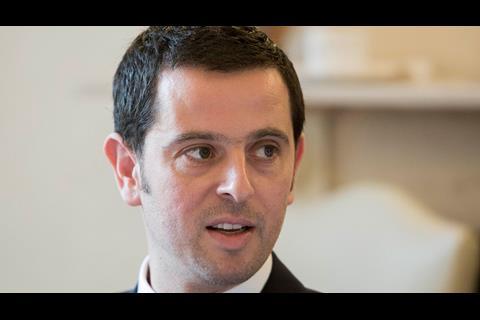
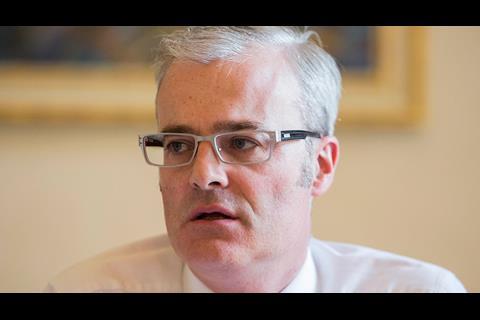
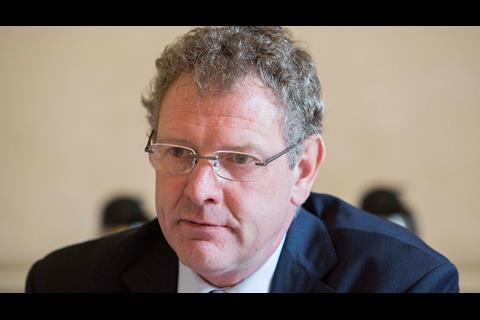
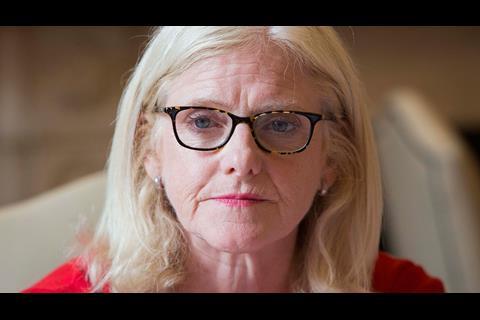
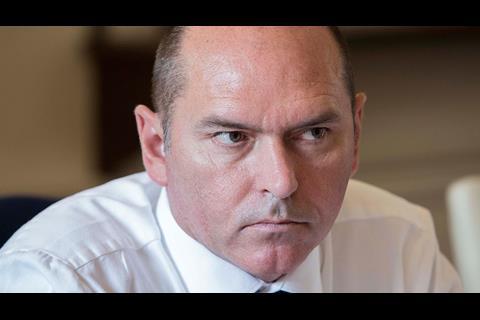

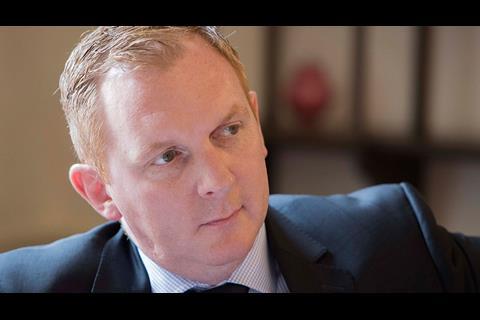
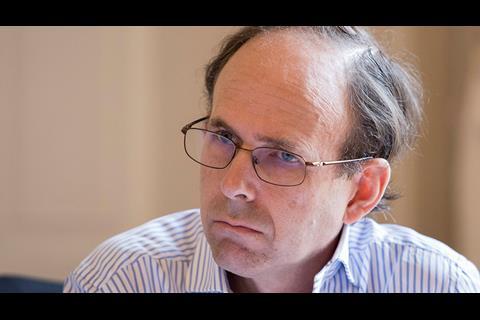
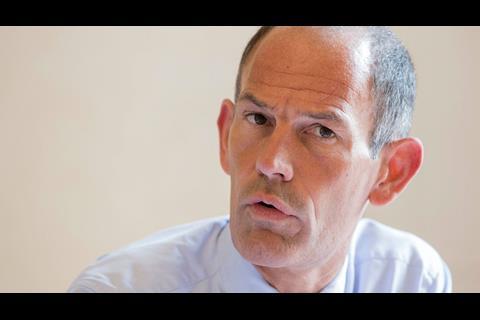
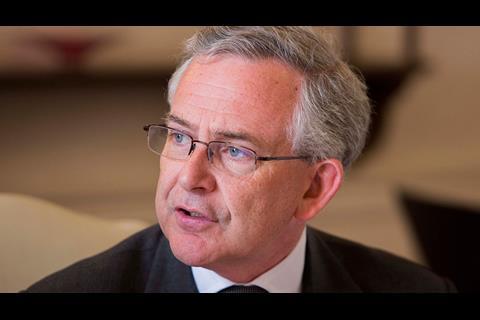






No comments yet